Hello Garden Friends!
Did you know stock flowers are part of the brassica family? Stock has a clove-like scent with leaves that resemble cabbage leaves. They come in many different colors and varieties. Last year I grew white stock flowers in my moon garden and also grew a stock flower mix, that came in different colors. Stock flowers are great for cottage gardens. The word on the street says, stock flowers came to the United States in 1771 that Thomas Jefferson had them imported to plant in his garden.
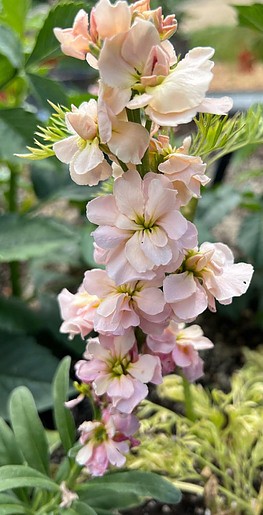
Stock flowers were popular in the Victorian era and was also a sign of affection if you received as a gift. Stock flowers are great for boquets and long lasting flowers. They are great for dried flowers as well. Stock flowers are also edible. I have never eaten one but I guess from what I hear it tastes flowery. They can be a very pretty garnish for a special dish.
Stock is normally an annual flower for everyone with a zone below 7 but can be a biennel for zone 7 -10 or a short lived perennial. The stems grow studier and woodier each year.
Growing Stock From Seed
Stock flowers can be easily grown from seed but you will want to plant them early as they are a cool loving flower and will get wilty in the heat of the summer. Start your stock flower seed indoors 8 to 10 weeks before your last frost date. Sow them in a rich neutral soil and only covering the seed with soil about 1/8, no more then 1/4. Don’t oversaturate the soil but you can maintain good moisture by spraying.
Seedlings take 10-20 days to germinate and need light to germinate. Since stock flowers require cool temperatures, they don’t need heat to germinate. Keep soil temperatures at 60-65 degrees. When the seedling emerge, make sure they get plenty of light, either on a windowsill or grow lights about 3 to 4 inches above the seedling. Move the lights up as the seedling grows taller.
Chilling the seedings cause visual differences that allow you to select double-flowered plants by observing color, size and shape of cotyledon. After germination, while seedlings are still in the cotyledon stage, expose the seedings to temperatures of 40-45 degrees (4-7 C) for 3 to 4 days. Seedlings with an oval shape will prodce double flowers. Ones that are darker green in color and those with rounder shaped cotyledons; these will produce single flowers.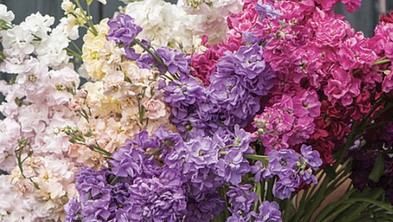
Most Stock Flower Varieties only produce one flowering stem per plant. Pinching is not recommended, as it will terminate flowering. The only variety to pinch is the Quartet variety and pinching is highly recommended for branching.
Transplanting Stock Flowers
Transplanting out in the garden. Rule of thumb is to wait until all danger of frost has passed before transplanting stock flowers outside. Harden them off before they go outside. You can plant them outside before your frost date as long as you can protect them with frost cloth or something. Remember this flower is in the brassica family and are usually frost tolerant and cold tolerant. I will be planting mine before the last frost date but have frost cloth on standby for protection.
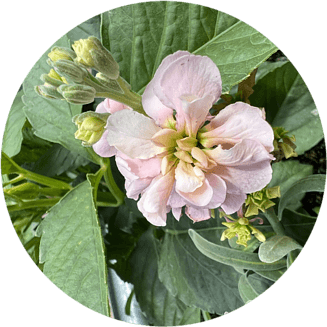
Transplant them in a location in full sun but it won’t hurt for part shade, in a well-drained soil. Plant them with other cottage garden flowers that need the same care like larkspur, snapdragons, phlox, petunias, dianthus and heliotrope, all help each other stay healthy.
Stock Growing Tips
Somethings to consider when growing stock for best results
- This is a cool-weather flower and should be planted early spring and fall when temperatures are not so hot. This flower doesn’t like the summer heat
- Sow seeds shallowly, barely covering them with soil 1/8 to 1/4 inch
- Maintain even moisture for germination, avoid overstaturation of the soil
- This is a good for successesion planting in early spring and again in fall. Sow seed mid summer for fall flowering
Varieties Stock Flowers
There are about 60 different cultivars, here are a few. Some I have grown and some I have not.
These Varieties below produce one flowering stem per plant, do not pinch these varieties as it will terminate flowering.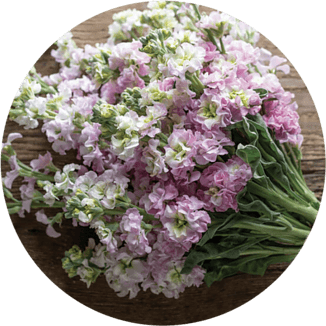
Antique Pink – two-tone color, chartreuse green center with pale pink edge, 24 to 28 in tall
Cinderella – smaller variety, grows 10 in tall.
Iron – comes in many colors, premium, reliable florest quality, slightly later to flower, 24 to 28 in tall
Katz – comes in many colors, early blooming, 24 to 32 in tall.
Katz HI Double – comes in white and 90% double flowering, early blooming, 24 to 32 in tall
Legacy – variety of colors, all double flowers, 24 in tall
Venus – touch softer than Iron or Katz, 22 to 28 in tall
Vintage – similar to the Iron series in performance, 24 to 28 in tall
The only Stock flower variety to pinch
Quartet – comes in a couple colors, Rainbow, White, and Blue, early blooming, strong branching and hard stems. Pinching is required for this variety for branching. 18 to 24 in tall.
Caring for Stock Flowers
Morning sun is best for stock, as long a stock gets a few hours of sun they will keep blooming. Too much hot bright sunlight can make them wilt so somewhere for part shade would be helpful for hot summer days.
Stock like soil that is practically neutral soil that is rich and well draining. If your soil is more on the acidic side, you can add some lime or wood ash.
Water regular on hot summer days, if leaves start to yellow, they are getting too much water.
To keep your flowers looking nice, deadhead the spent flowers.
After Stocks bloom, cut off the entire flower spike to the next lateral bud with a clean pair of garden scissors when all of its flowers have faded. The next lateral bud is usually at the joint between the first set of leaves under the flower spike and the stem. The stock plant should send up an additional flush of bloom, if the temperatures are not too hot or it may wait until fall when temperatures are cooler.
Harvest Stock Flowers
Harvest flowers when 1/3 -1/2 the florets on the stem are open. The rest of the florets should be showing good color and size. It is important to handle cut stems carefully to prevent damage and rapid decine of the flower. Vase life 5 to 10 days. Stock flowers are normally used as a filler or background bloom. They can also be the simple, elegant star of the bouquet! Stock flowers are one of the most fragrant flowers you can grow. They have a sweet and spicy scent to them but very pleasant.
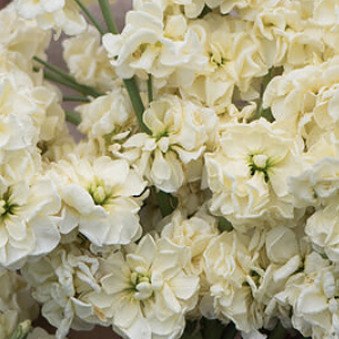
Pest Control
Of course, stock flowers are prone to pest and disease. For the pest there are aphids, flea beetles and cabbage white caterpillars. When you see a pest on your plant, just remove them or use a insecticidal spray. Remove any damage of the plant. The diseases Stock is prone to is gray mold, fusarium wilt, verticillium wilt, leaf spot and root rot. The way to prevent most of those disease is not overwatering.
Happy Planting!
Stock flowers are a great addition to your flower garden. If you are a flower farmer or a hobby gardener like me, stock is a great flower and complements any flower bouquet. I grew stock flowers for the first time in 2022 and plan on growing it again in 2023. I am trying a different variety this year, the quartet that is a branching plant and requires pinching where the other varieties you don’t pinch or you won’t get flowers. I will be keeping the seedlings if they are single or double. it doesn’t matter to me. Like I said, I am a hobby grower and I just enjoy having flowers.
I hope this helps you grow your own stock flowers, they come in many colors and varieties, they smell beautiful. The only thing is they have the same issues growing anything in the brassica family, so just watch them like you would cabbage and brussels sprouts. Leave me a comment below and let me know how your stock flowers do, and let me know what varieties you are going too.
Cheers!
Chris

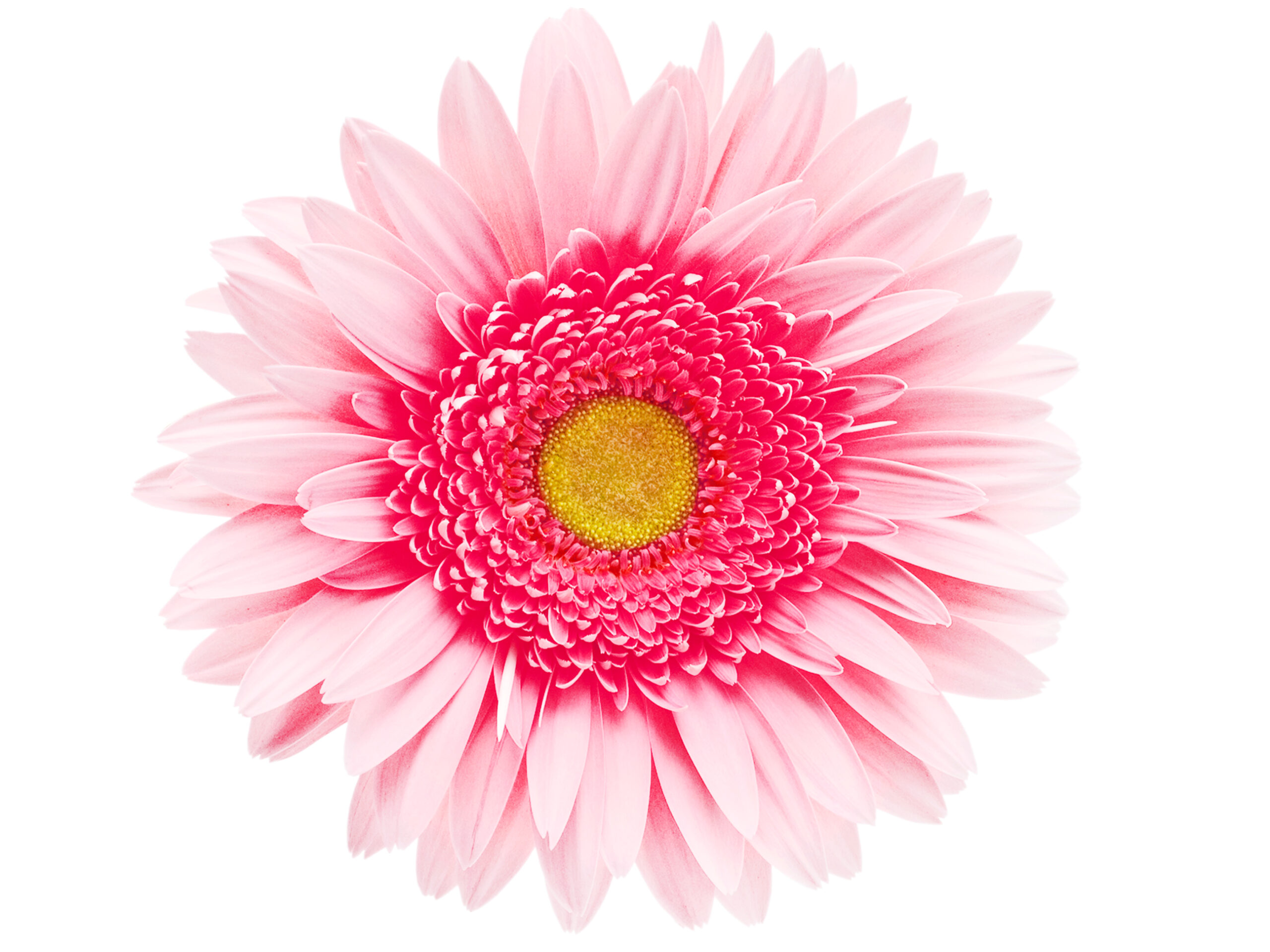

This is a very timely article for our family. We did rennovations and initial landscaping around our summer cottage. Therre has been discuss all winter about what to plant to make the place friendly and attractive, but also to break up some of the long walls. Stock flowers seem like a good solution. We are getting close to the planting time inside that you suggest. I think this will be easy and lasting. The side of the cottage ultimately to be planted is partial sun in the morning but shaded throughout the day. Stock flowers seem a great solution. Thanks.
I’m not much of a gardener but my wife is. I will show her this article as it wasa great article!
It’s very thorough and it provided many useful tidbits of information, particularilly about stock flowers.
I’m certain my wife will be looking forward to trying some of these varieties in her garden boxes this year, if I ever get around to building them that is;)
Thanks for the tips!
I absolutely love the look of stock flowers. But as a hobby gardener, I have to say I’ve not had good luck with growing them. After reading your pro tips, I think I’ve now discovered I may be overwatering them and they may be in a spot that is getting too much midday sun. I wasn’t aware that they are that heat-sensitive. Guess a shadier spot in the garden would be better. So this spring, I will be sure to take that into consideration. Maybe like you, I’ll try experimenting with a few new varieties as well this spring. They are such a lovely flower to add to a vase arrangement. And there’s nothing better than growing your own beautiful flowers. Thanks for sharing all these helpful tips. Hopefully this season my stock flowers will end up being right on point.
Since retiring from my 9-5 job, gardening became one of my favorite things to do at home. I do not know if I have a “green thumb” but I am about to find out ☺.
So far, I was able to grow different kinds of plants and I am thinking of adding stock flowers to my collection. I am just not sure what’s the optimal temperature to be able to successfully grow them. Thank you for this informative article.
I am glad to know that stock flowers can be grown and cultivated in cool temperatures and fortunately, I live in one of the coolest places in the Philippines. Also, it’s only the second month of the year so, I have almost 2 months before the spring season begins.
By the way, I am not so sure I am able to grow stock from seeds and would prefer to buy seedlings instead. It’s my first time doing it and I want to make sure I’ll succeed. Any tips for choosing good stock seedlings? I would like quartet and legacy.
Hi, thank you for this very informative post.
I learnt a lot about Stock flowers from your post. These seem to be quite a difficult flower to grow and tend to.
I really appreciated the knowledge you have and shared in this post. Stock flowers seem to be quite adaptable, and a great flower for the vase, bouquet’s and therefore for weddings I would imagine.
The other very pleasant feature is their smell. There is nothing better than a home that smells of pleasant, fresh flowers. Maybe fresh bread is pretty nice too, but fresh flowers are a delight. Thanks for this super post.